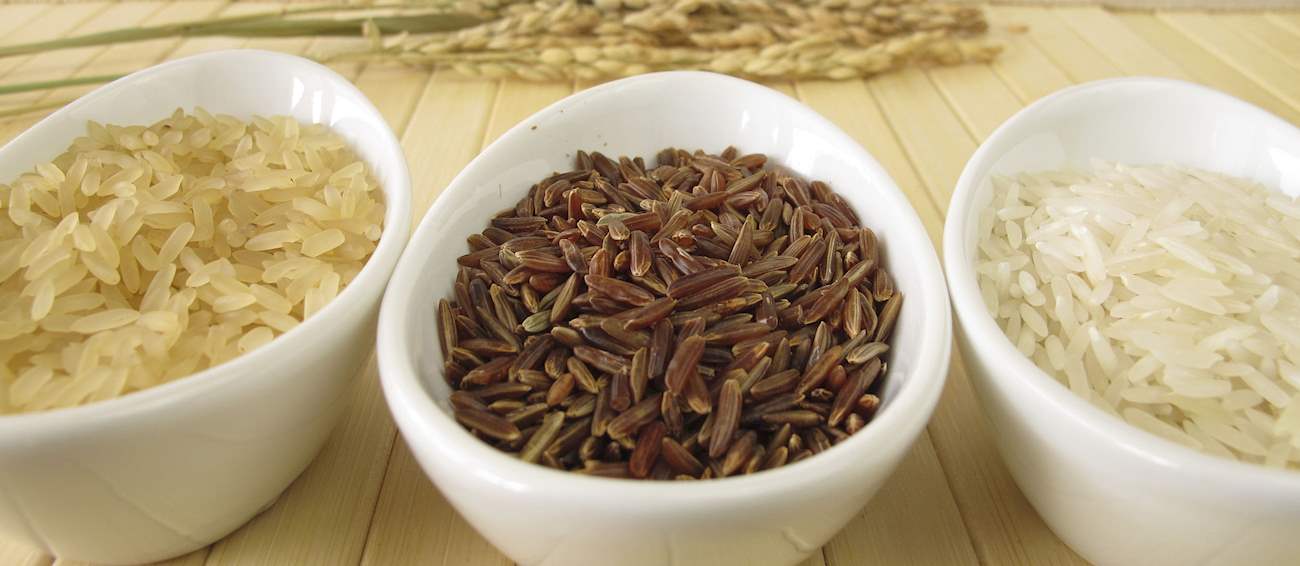Produced within the provinces of Rovigo and Ferrara, in the neighboring regions of Veneto and Emilia Romagna, Riso del Delta del Po refers to rice of the Japonica type grown in the fertile Po Delta plains. Due to specific pedoclimatic conditions and high levels of salinity in that area, each of the Po Delta rice varieties attains a unique flavor and aroma.
While Carnaroli rice is especially recommended for fine risottos, soups and even desserts, Arborio, Baldo and Volano varieties are excellent for timballo casseroles and arancini or supplì rice balls.
Riz de Camargue refers to the different varieties of rice originating from the Camargue region in France - full and brown rice, white rice, non-stick rice, pre-cooked rice and mixed rice, among others. The rice is cultivated in the area since the 19th century, and while the climate is restrictive and makes cultivation difficult, it also provides grains of great quality and delicate taste.
The soil, salty subsoil and the dry, hot climate make the rice a basic crop of the Camargue area. Brown rice is the one that has the highest nutritional value in its husk - vitamins, minerals, amino acids and fibre, while round-grained white rice is the one that is most commonly used - in desserts mixed with milk, or in risottos, making it creamy due to the starch content in the rice.
Arroz de Valencia is white or brown rice of the Senia, Bahia, Bomba, J. Sendra, Montsianell, Gleva, Sarçet, or Albufera variety. The varieties range in their properties; from the smooth and creamy Senia to the loose and firm Bomba.
It is grown in wetlands in Provinces of Alicante, Castellón, and Valencia in the autonomous community of Valencia. All levels of production and the final product itself are strictly regulated. Arroz de Valencia is sold packaged with a numbered label that can be traced back to the producer and the detailed area of cultivation, ensuring the superior quality of this rice.
VARIATIONS OF Arroz de Valencia
TasteAtlas food rankings are based on the ratings of the TasteAtlas audience, with a series of mechanisms that recognize real users and that ignore bot, nationalist or local patriotic ratings, and give additional value to the ratings of users that the system recognizes as knowledgeable. TasteAtlas Rankings should not be seen as the final global conclusion about food. Their purpose is to promote excellent local foods, instill pride in traditional dishes, and arouse curiosity about dishes you haven’t tried.






